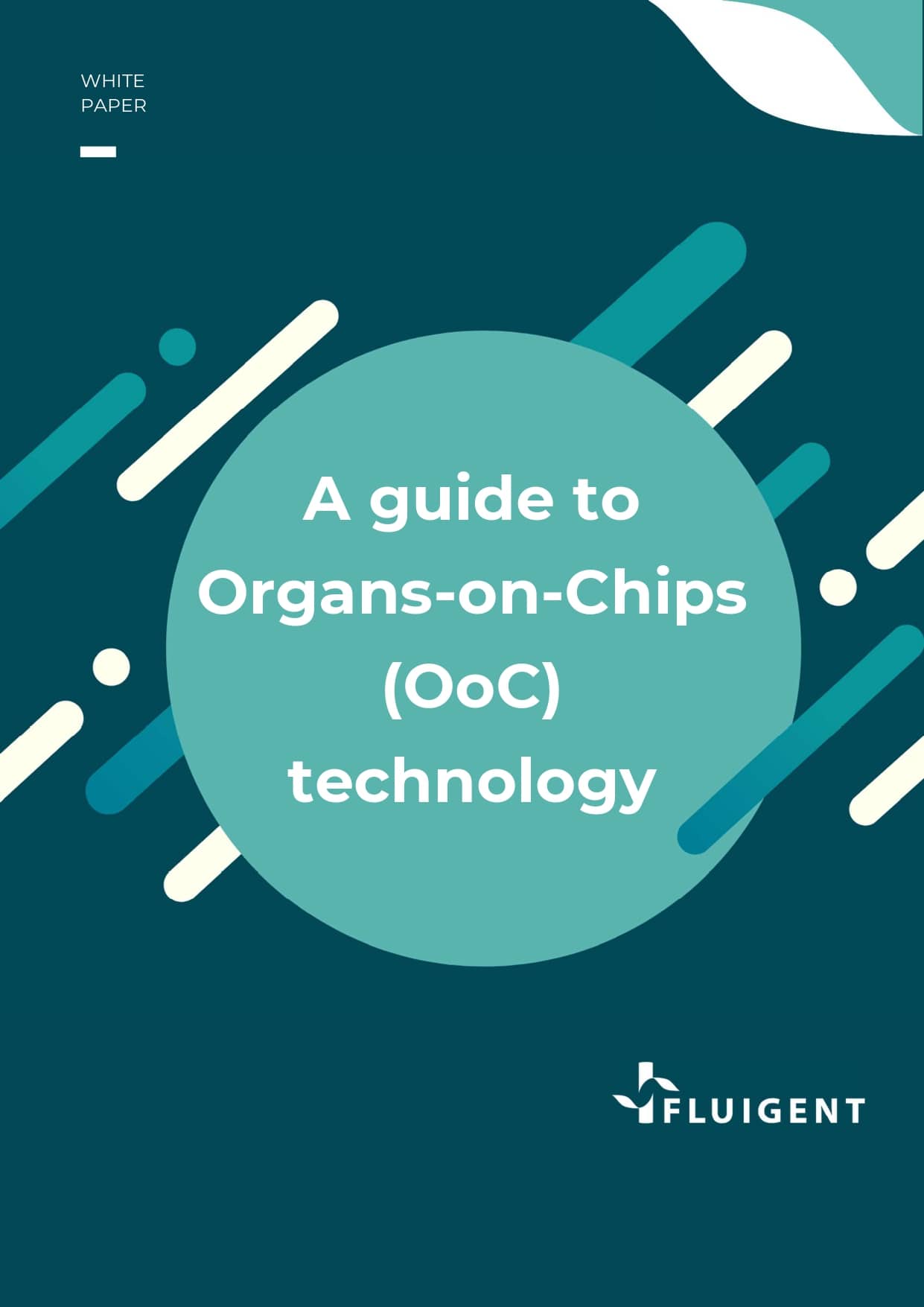Droplet-based Microfluidics
In this expertise white paper, we provide a complete overview on droplet microfluidics, including definitions, the physics behind microfluidic droplet generation, the type of materials that can be produced, and related applications.
Why use drop-based microfluidics?
Droplet-based microfluidics is a rapidly growing interdisciplinary field of research combining soft matter physics, biochemistry and microsystems engineering. Its applications range from fast analytical systems or the synthesis of advanced materials to protein crystallization and biological assays for living cells. Precise control of droplet volumes and reliable manipulation of individual droplets such as coalescence, mixing of their contents, and sorting in combination with fast analysis tools allow to perform chemical reactions inside the droplets under defined conditions.
Learn more about droplet microfluidics with this white paper
In this expertise white paper, we provide a complete overview on droplet-based microfluidics, including definitions, the reasons for using droplets (limitations of traditional methods and the emergence of new microfluidic devices), the physics behind microfluidic droplet generation, the methods of generation of different types of droplets (single emulsion, multiple emulsion…), the importance of different parameters (flow rate, surfactants…), the type of materials that can be produced, and related applications.
TABLE OF CONTENTS
I. WHAT ARE EMULSIONS AND DROPLETS?
1) Definition.
2) Applications
II. WHY USING DROPLET MICROFLUIDICS?
1) The limitations of traditional methods for droplet generation.
2) Microfluidic devices for controlled emulsions.
III. DYNAMICS OF DROPLET MICROFLUIDICS
2) Droplet formation (single emulsions)
3) Droplet generation regimes.
4) Double emulsions.
5) Complex droplet formation.
IV. IMPORTANCE OF FLOW RATE CONTROL FOR DROPLET STABILITY
V. SURFACTANTS FOR STABILIZING DROPLETS
VI. DROPLET AND PARTICLE GENERATION USING MICROFLUIDICS
1) Microparticles.
2) Nanoparticles.
3) Microcapsules.
VII. APPLICATIONS OF DROPLET-BASED MICROFLUIDICS
1) Drug delivery.
2) Diagnostics using droplet digital PCR (ddPCR)
3) Cosmetics.
References.
Download the white paper
* Required field.
